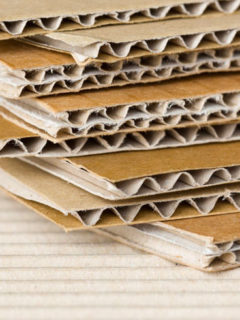Sending heavy and bulky parcels can be a real headache for packers. Because of their size and exceptional weight, these parcels are likely to suffer more damage at any time. This calls for a few extra points of attention. As packaging specialists, we at RAJA know better than anyone how important it is to get a product in perfect condition to its final destination. That’s why we’ve compiled a few tips here that you can use to send even the largest or heaviest of goods safely.
1. What is a large parcel?
Good to know: there is no official classification for designating a parcel as “bulky”. In general, we talk about bulky parcels when the standard dimensions used by transport companies in their shipping conditions are exceeded. It is therefore often impossible to include these orders in a standard mail item.
For bpost, for example, this means that you need to take the following values into account:
- Maximum weight of 30 kg.
- The longest side must not exceed 1.5 m.
- The total dimension (1 x length + 2 x width + 2 x height) may not exceed 3 m.
2. When do we talk about heavy parcels?
Under European legislation, a parcel is considered “heavy” if it weighs more than 23 kg. In this case, your parcel must be clearly labelled. Packages weighing more than 70 kg are considered to be cargo. This means that your shipment must be transported on a pallet.
Finally, it is important to mention that the weight of a parcel is not equal to its volumetric weight. The latter mainly indicates the space occupied by a parcel in a means of transport. The major advantage over the actual weight is that the volumetric weight allows the type of goods to be better adapted to the means of transport. The application of this formula has, for example, made it possible to ship light, compact packages by air at lower cost. For reasons of economy, very heavy and bulky goods are preferably shipped by sea.
3. What packaging is suitable for sending a large parcel?
The basis of a successful shipment generally lies in the crate in which you pack your goods. For an exceptionally heavy and bulky parcel, it is preferable to use a triple-flute cardboard box or a plywood box.
- Use made-to-measure packaging. Make sure you choose a crate that fits your product as well as possible. The closer the packaging fits to your goods, the less likely they are to move. It is precisely these movements that cause the most damage during transport.
- Use a crate that has never been used before. With a new crate, you can be sure that the quality and thickness of the cardboard will always perform its function optimally.
- Use a very strong box. For parcels weighing more than 70 kg, it is advisable to choose triple-flute cardboard boxes. This layer of cardboard is around 14 mm thick and offers optimum protection for export shipments or long-term storage. For lighter parcels, double-wall cardboard will suffice.
- Use export crates if necessary. These crates are made from plywood, which makes them very robust.
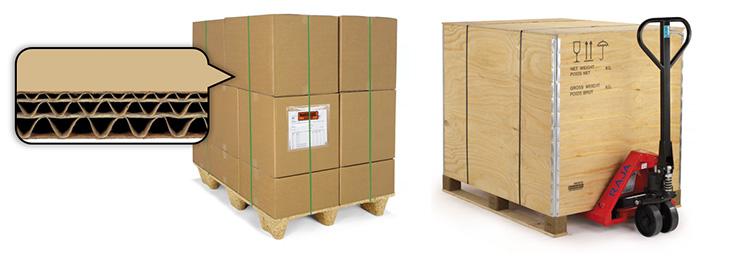
4. Six essential accessories for your export packaging
Once you’ve found a solid crate, it’s time to efficiently prepare your packaging for shipping. With the 6 accessories below, this will be child’s play! Together, they ensure that your goods are always securely fastened and well protected during hectic transport.
| 1. Fill in For heavy goods, your crate should be filled with suitable cushioning. This padding must have a high density in order to withstand the necessary pressure. It can be foam sheets or dunnage, for example. They retain their shape even under heavy loads. |
 |
|
2. Close with staples |
 |
|
3. Close with adhesive tape |
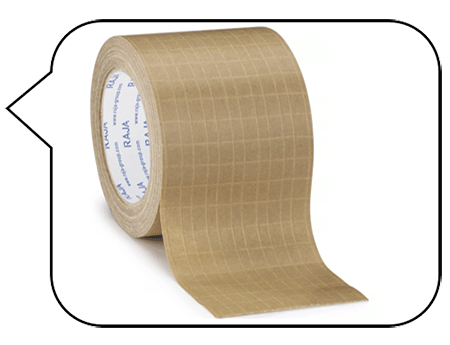 |
|
4. Palletise |
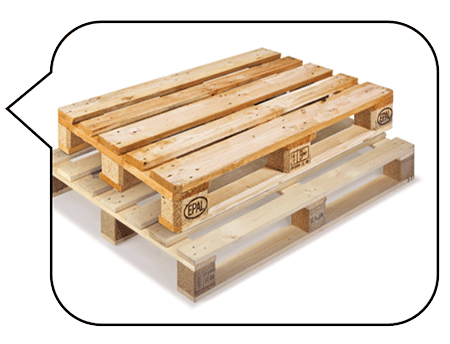 |
|
5. Stabilise |
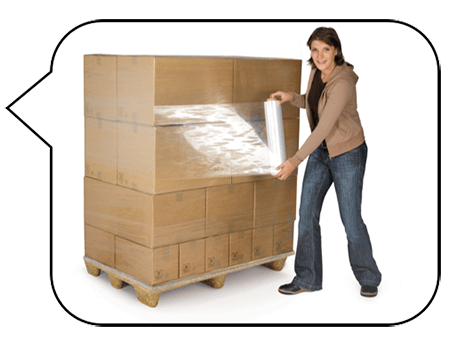 |
|
6. Label |
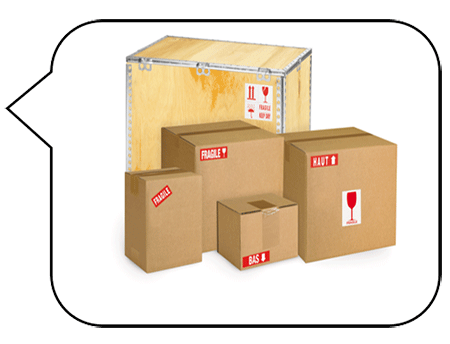 |
5. How can you avoid excessive postage costs for your heavy parcels?
When you think of sending “big” parcels, you probably think of “big” costs too. But that’s not necessarily the case. The tips below will help you keep your shipping costs under control.
- Negotiate the courier service’s shipping rate. If you’re sending several items at the same time, you can probably agree on a more advantageous price .
- Reduce the volumetric weight. This will have an impact on the calculation of your rate. You can read exactly how this works in this blog post about the volumetric weight of packaging.
- Avoid sending too many heavy items in a single package. It is sometimes more advantageous to divide the goods into several lighter packages.
With the packaging, accessories and advice listed in this article, you have the perfect basis for sending heavy and bulky parcels. Still need help? The specialists at RAJA are ready to help you every step of the way.














